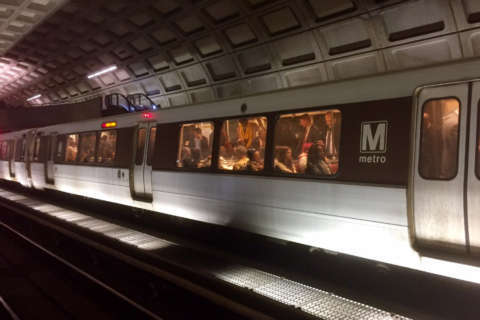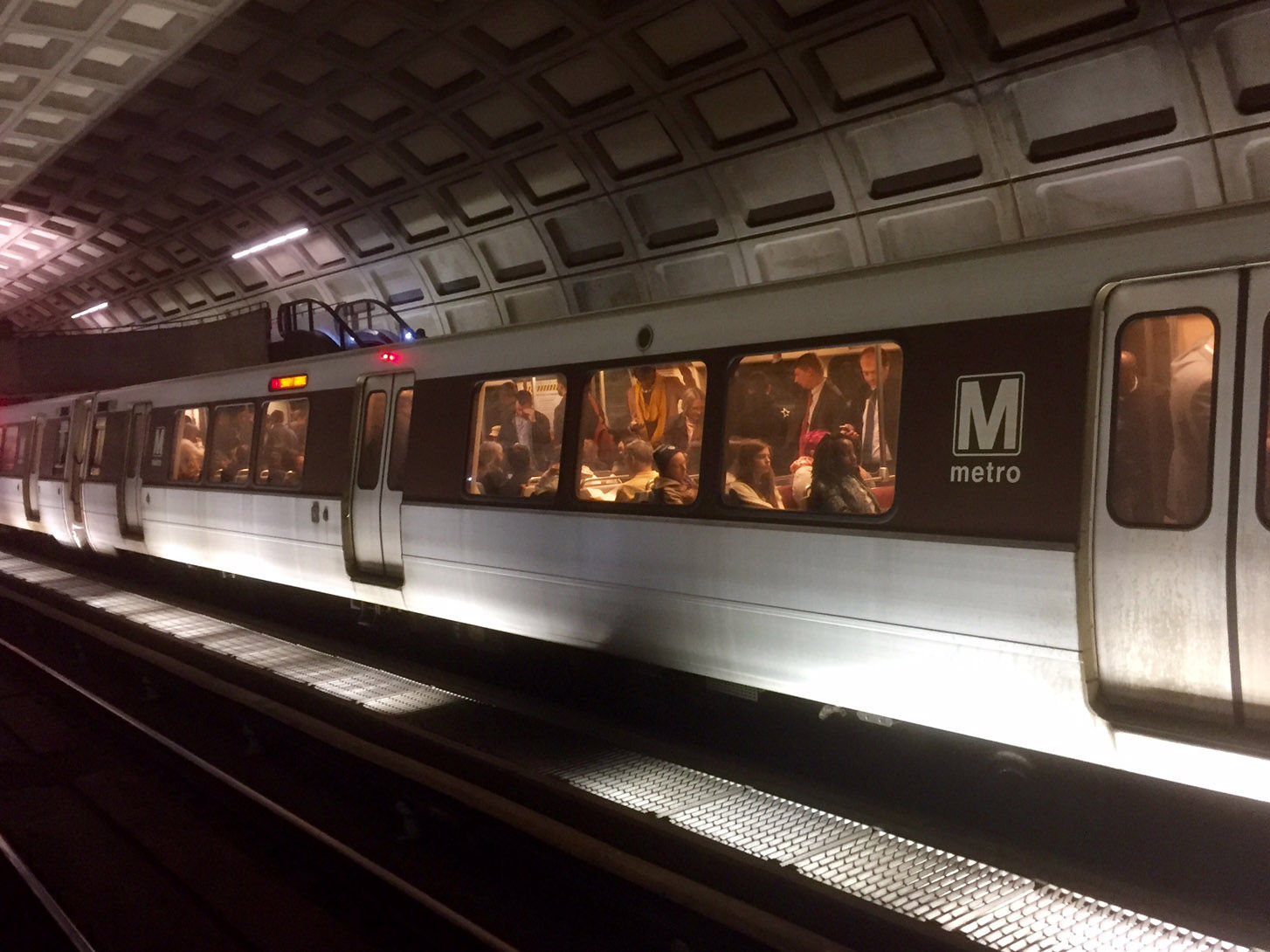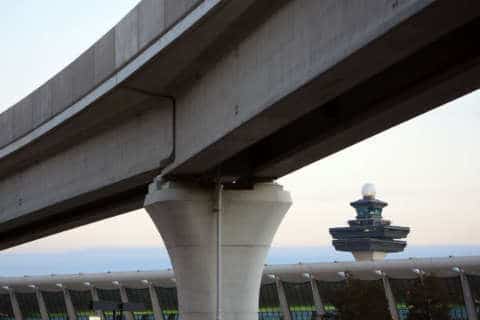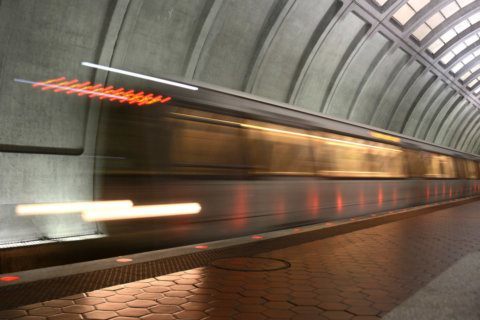
Metro plans to spend billions in the next decade on all sorts of repairs and upgrades, but even with new dedicated funding, the region is still struggling to reach a long-term agreement on exactly how to divide the costs.
The Metro Board is set to belatedly approve a fourth consecutive one-year extension of the jurisdictions’ capital funding agreement at a special meeting Thursday. It will retroactively cover the period since July 1, when no agreement was officially in place.
It extends an agreement reached in 2010 when Metro had more daily rail riders and was just beginning the first batch of significant maintenance work triggered by the 2009 Red Line crash.
Metro spent $1.525 billion in the year that ended June 30, and plans to spend $1.74 billion in the current budget year. Last year, the most significant spending was on stations and passenger facilities and on rail cars.
Projects covered include major track work, new buses and rail cars, and new garages and office space.
After the Blue and Yellow line shutdown, which just ended, Metro plans similar shutdowns next summer at the Vienna end of the Orange Line and the Greenbelt end of the Green Line.
Metro continues work on radio upgrades that also allow additional cell service in tunnels. Metro expects to complete that work by next summer on the Green Line between Gallery Place and Southern Avenue and between Suitland and Branch Avenue.
Those upgrades are also in the works for the Red Line between Dupont Circle and Medical Center and between Grosvenor-Strathmore and White Flint. The upgrades will leave only about 20% of Metro’s tunnels without cell service capabilities after June 30, 2020.
This fall, Metro plans to provide a more detailed 10-year capital program strategy that would specifically outline projects under future consideration like a new Blue Line station in Rosslyn, station entrances, vent shafts or bus improvements.
Metro also plans to allow riders to track specific projects as the agency decides to move them forward or decides the proposals are not feasible. The plan is expected to include preliminary cost estimates and schedules for the projects.
That will guide budget proposals moving forward, like the one due this fall from General Manager Paul Wiedefeld.
Details of Capital Funding Agreement extension
Metro’s capital funding comes from Maryland, D.C., Fairfax County, Alexandria, Arlington, the City of Fairfax and Falls Church in Virginia, along with federal funds (the feds, however, are not a party to the funding agreement).
The agreement details what share of capital costs each jurisdiction pays, in part through formulas based on the amount of service in each area.
The federal government does not pay for Metro’s operating costs, and Metro is concerned about the expiration of a special annual $150 million capital payment at the end of the month. President Donald Trump included the payment in his budget proposal, and local members of Congress have introduced their own plans to extend the promise in the long term.
The funding agreement extension to be approved Thursday includes two amendments — one adding flexibility and disclosure requirements for major changes to capital plans, and another allowing Metro to issue separate bonds backed by new dedicated funding.
Loudoun County will join the capital funding agreement when Silver Line Phase 2 rail service begins.
One of the major sticking points on a long-term agreement has been the Silver Line extension into Loudoun County. While other jurisdictions involved in Metro pay for both bus and rail service, Loudoun County has planned for years to only pay for rail capital costs by not establishing Metrobus service in the county.
The goal for now is to return to a six-year funding agreement for the budget year starting next summer.








